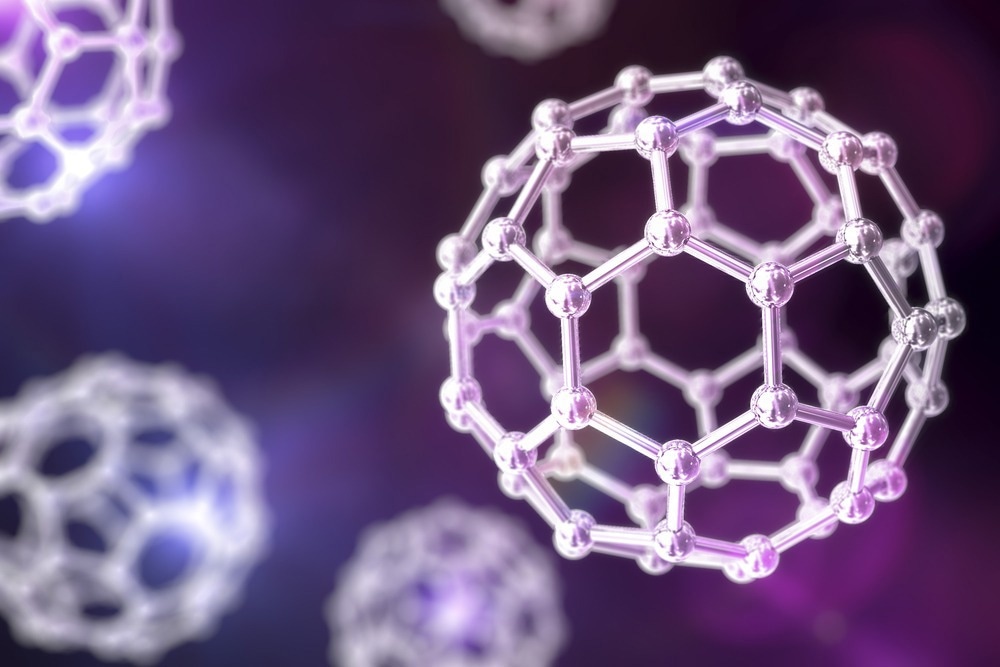We pick out to put money into household gadgets primarily based on how they appear, feel, taste and how we suppose they could improve our lives. Manufacturers apply nanotechnology — a discipline of technology that uses consequences on the nanoscale — to create the homes we need in such objects — for example, whiteness in toothpaste or preventing the boom of bacteria in socks.
One nanometre is one billionth of a meter. Chemical and bodily interactions on the nanoscale are way more minor than our eyes can see. Medicines, tiny sensors, speedy computer systems, and food science are all ways we can put nanotechnology to apply.
But a few human beings are worried nanoparticles can also cause fitness dangers. Recently, France announced one nanoscale meal additive might be banned in 2020 because of a loss of evidence about its safety.

Here’s what we understand about nanotechnology in food.
What are nanoparticles?
Nanoparticles are incredibly tiny debris. Their outside dimensions are smaller than one hundred nanometers or zero.0001 of a millimeter. That’s pretty small!
Not all nanoparticles are identical. They may be a product of metals like silver and gold, carbon, or even clay and can have unique systems and chemistry. These houses ultimately determine how the nanoparticles behave, their capabilities, and whether or not they are secure.
Nanoparticles certainly occur and can also be synthetic. Naturally occurring, nanoparticles may be observed in ash, waterways, best sand, dirt, or organic count numbers like viruses. When utilized in remedy, generation, or science, nanoparticles are usually manufactured to control their houses better.
The blessings of nanoparticles come from their tiny sizes. For example, substances can be made more potent, lighter, or better electrical conductors. In medicinal drugs, nanoparticles may be manufactured to reach hard-to-reach locations within the frame. This is beneficial in the remedy or prognosis of diseases, cancer, and infections.
But once in a while, nanoparticles that you did not intend to ingest get into the body, or small amounts are consumed in merchandise. This leaves a few people asking how we understand they’re secure.



